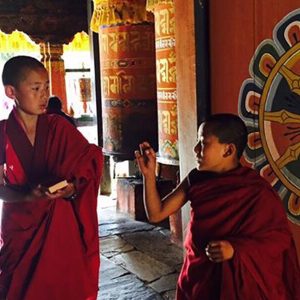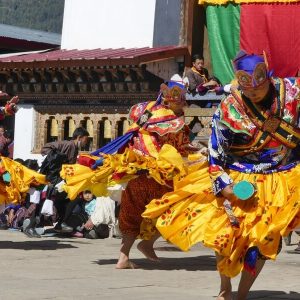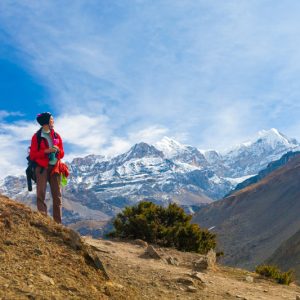The tradition and spirituality in Bhutan are deeply interwoven into daily life and among the most vibrant expressions of this rich heritage are the festivals, known as Tshechus.
They are not merely colorful gatherings but deeply spiritual events that bring communities together in devotion, dance, and joy. Rooted in Bhutan’s Buddhist traditions, Tshechus celebrate the teachings and legacy of Guru Rinpoche (Padmasambhava), the revered saint who introduced Tantric Buddhism to Bhutan in the 8th century.

A Tshechu is typically held annually in every district, most often at a Dzong or monastery, on the tenth day of a lunar month. Each festival features masked dances known as Cham, performed by monks and laymen in elaborate costumes. These sacred performances are believed to bring blessings, protect against misfortune, and purify negative karma. Locals attend in their finest traditional attire, and the atmosphere is charged with anticipation, reverence, and celebration.
Among the many festivals, Paro Tshechu stands out as one of the most popular, drawing thousands to the scenic Paro Valley each spring. Its highlight is the unfurling of a giant Thongdrel, a sacred scroll revealed only once a year, believed to cleanse all sins for those who view it. In the capital, Thimphu Tshechu draws large crowds each September or October with its dramatic dances and festive energy. Further east, in Bumthang, the Jambay Lhakhang Drup is known for its rare and deeply symbolic rituals, including the midnight naked dance (Tercham) and the fire blessing (Mewang), offering a more intimate and mysterious cultural experience.

Punakha hosts both the Drubchen and Tshechu in early spring. The Drubchen includes a spectacular reenactment of a 17th-century battle, bringing Bhutanese history to life, followed by days of sacred dance and communal celebration during the Tshechu. Meanwhile, Royal Highland festival in Laya held in October, though not a Tshechu, showcases the highland culture of Bhutan’s nomadic communities through traditional sports, yak herding demonstrations, and local food, offering visitors a different perspective on Bhutanese life.
Attending a festival in Bhutan is more than just a cultural excursion—it is an immersion into the heart of Bhutanese spirituality and tradition. It’s an opportunity to witness living heritage, connect with local communities, and experience the nation’s deep devotion through art, music, and ritual. These festivals also reflect Bhutan’s unique philosophy of Gross National Happiness, where spiritual and cultural wellbeing are seen as essential to human fulfillment.
For travelers planning a visit to Bhutan, it’s wise to plan well in advance, especially around major festival dates when accommodations can fill up quickly. Dressing respectfully is important, as locals wear their finest gho and kira, and visitors are encouraged to dress modestly. While photography is generally allowed, it’s courteous to ask permission, especially in sacred spaces.
Bhutanese festivals are not tourist shows—they are vibrant, meaningful celebrations of faith, history, and identity. They offer a rare and moving glimpse into a society that values its spiritual roots as much as its natural beauty. Aligning your journey with one of these festivals will not only enhance your experience but leave you with memories that resonate long after your visit.














